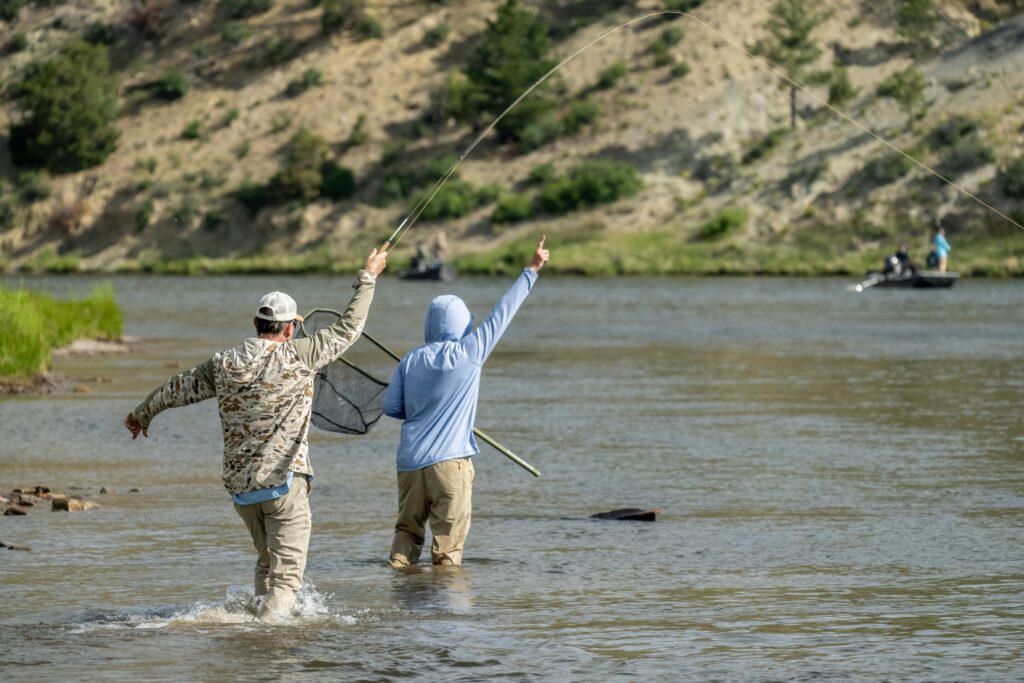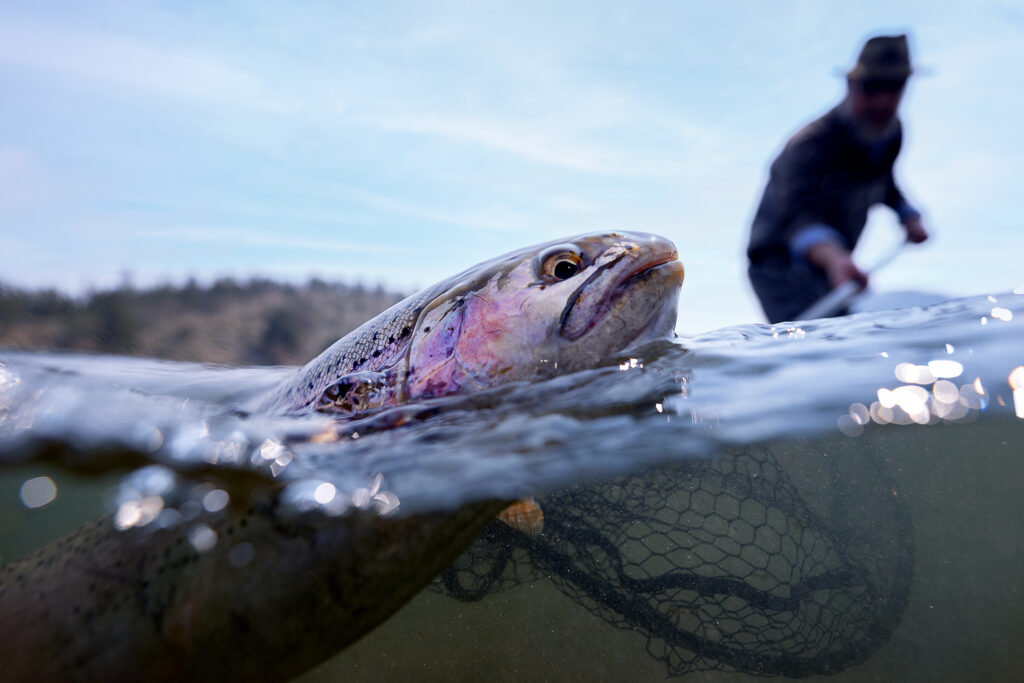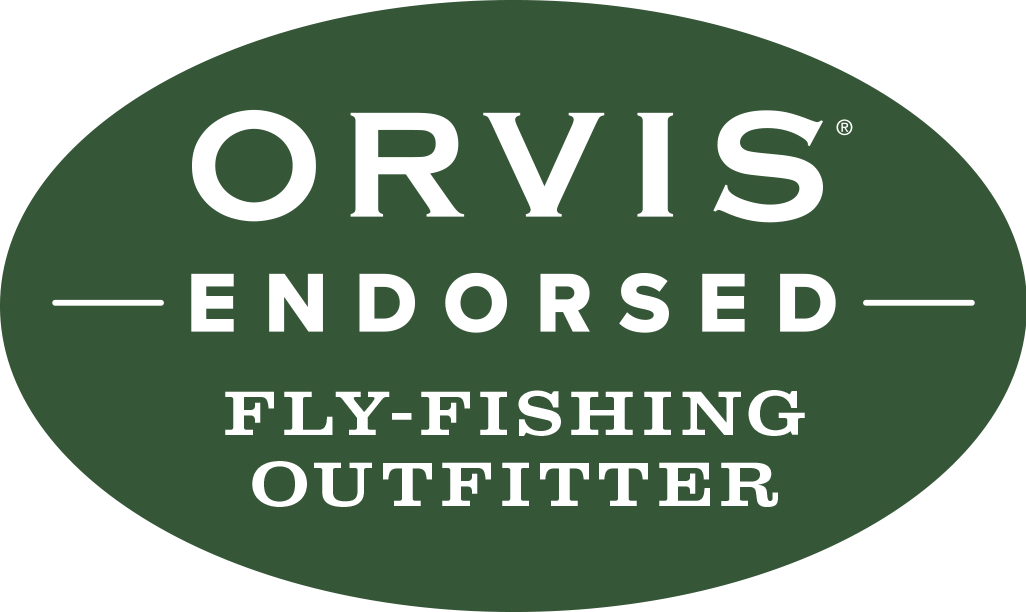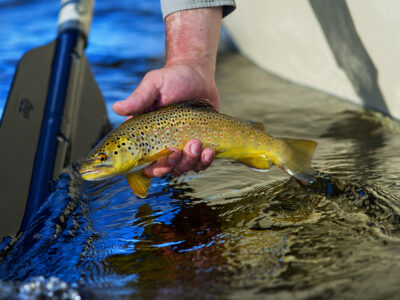Hoot owl restrictions in Montana refer to fishing regulations that are put in place during times of high water temperatures. These regulations are designed to protect fish when they are most vulnerable to stress due to low oxygen levels. These restrictions, named after the time of day when owls are most active (early morning or late evening). Limit fishing during the heat of the day to reduce stress on fish.
When Do Hoot Owl Restrictions Go into Effect?
Restrictions go into effect during the hottest months of the year, typically from mid-July to September. During this time, fishing is usually allowed only during the cooler hours of the day from midnight to 2 pm. The Hoot Owl Restrictions vary depending on the specific location and river system in Montana. The Montana Fish, Wildlife and Parks (FWP) department is responsible for determining the regulations for each river system. When water temperatures rise above a certain threshold, fish can become stressed and mortality rates can increase. This is especially true for trout on rivers like the Gallatin and Big Blackfoot where trout are sensitive to changes in water temperature and oxygen levels.

The Science Behind It: Why Water Temperature Matters
Trout, especially species like rainbow, brown, and cutthroat, are cold-water fish that thrive in temperatures ranging from 50°F to 65°F. Once water temperatures climb above 70°F, their physiological stress increases, and their ability to recover from being caught is compromised. When water temperatures reach 75°F, trout face a much higher risk of mortality, even if they are carefully released.
Warm water holds less dissolved oxygen, meaning fish have to work harder to get the oxygen they need. During these stressful conditions, trout are more susceptible to disease, predation, and exhaustion. Even without being caught, their chances of survival drop significantly when water temperatures remain elevated for extended periods. Hoot owl restrictions aim to reduce additional stress caused by fishing during these critical times. By limiting angling to the cooler morning hours, fish have a better chance of surviving the summer heat and continuing to thrive.

How Anglers Can Help under Hoot Owl Restrictions.
While hoot owl restrictions are an effective tool for fish conservation, there are several other ways anglers can help reduce stress on fish during the summer months:
- Fish Early or Late: Even if there are no official hoot owl restrictions in place, it’s a good practice to fish during the cooler parts of the day. Early morning and late evening not only provide better conditions for the fish but also offer more productive fishing for anglers.
- Use Barbless Hooks: Barbless hooks make it easier to release fish without causing excessive damage. They also reduce the time it takes to release a fish, which can be crucial when water temperatures are elevated.
- Wet Your Hands Before Handling Fish: Handling fish with dry hands can damage their protective slime layer, making them vulnerable to disease. Wetting your hands before touching the fish helps preserve their natural defenses.
- Minimize Fight Time: Use appropriately sized tackle to bring fish in quickly. The longer a fish fights, the more lactic acid builds up in its muscles, making recovery more difficult.
- Avoid Fishing in Shallow Water: Shallow waters heat up faster, and fish caught in these areas are more likely to suffer from stress. Target deeper, cooler waters where fish are less vulnerable.

How Hoot Owl Restrictions Are Enforced
The Montana FWP is responsible for enforcing fishing regulations throughout the state. Anglers who violate these regulations may be subject to fines, penalties, and even the loss of their fishing license. It is important to be aware of the regulations and follow them carefully to help protect Montana’s fish populations. Anglers should be aware of the regulations in their area and follow them carefully to help protect Montana’s fish populations. To stay informed, anglers can check the FWP’s website, where updates on hoot owl restrictions are posted regularly. Fly shops, outfitters and local authorities also communicate restrictions to ensure that the angling community is informed.


 Trout Fishing and Warm Water
Trout Fishing and Warm Water
Leave a Reply